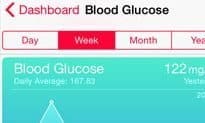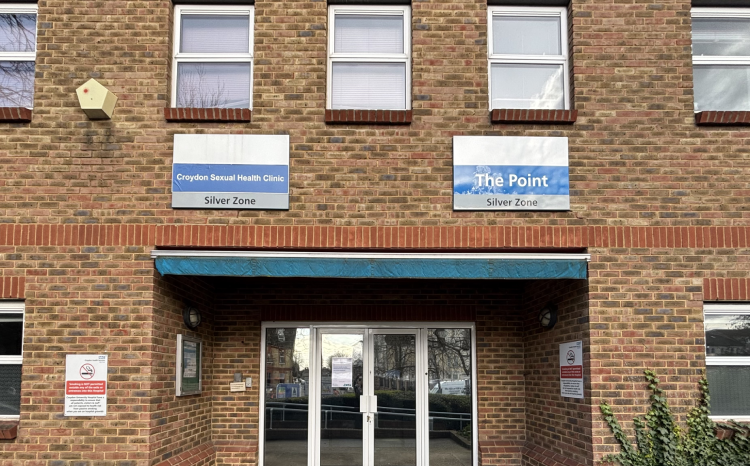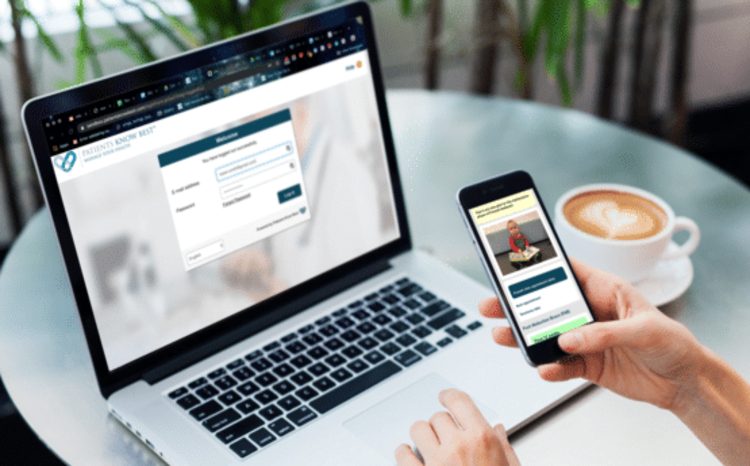Emis creates PHR with Apple HealthKit
- 18 September 2014

Emis is using the Apple HealthKit platform to create a personal health record that is integrated with its Emis Web GP and clinical system.
Patients from the area covered by NHS North West London Clinical Commissioning Group will be the first to have the chance to use the new record, with the CCG encouraging its GPs to use the data collected.
Emis chief executive Chris Spencer said the company had been working on the project for two to three months, with “increasing visibility” as Apple got ready to launch its Apple Watch product, which can be used with the Apple Health app and HealthKit.
However, he emphasised the personal health record can be used with any device running IOS 8, Apple’s latest operating system, and any HealthKit-enabled device.
Emis has been working with two device companies – UK-based Withings and California-based iHealthlabs – in testing.
Spencer acknowledged that the Apple name was an attraction when it came to working with HealthKit, rather than other personal health record platforms, such as Microsoft HealthVault.
“I think this will get traction because of the uptake of Apple devices by consumers,” he said. “We are not locked into one platform; we will work with others, including Android platforms, as they are developed. But Apple really works on being a very intuitive environment.”
Spencer walked EHI through the integration in practice. “Let’s imagine that I’m one of the one in three people who are overweight or obese and at risk of type two diabetes,” he said.
“I need some help with my weight management programme. So I use a device, such as FitBit, or Jawbone, or whatever, and the data it collects goes into HealthKit.
“There it is encrypted and sandboxed. The only information in the Apple cloud is back-up, and that is also encrypted. So at the moment, all my weight information is in Apple-land.
“Then, there is an interface to IOS 8. There is a handshake; [I use my [iDevice] to launch IOS 8 and it asks me if I want to launch HealthKit, and I say ‘yes.’
“The data goes into IOS 8 and so into Patient Access [the app Emis developed to give patients access to GP records and services, if practices have enabled this functionality].
“Again, it is not stored in the Patient Access app, but in our secure cloud, which is in a bunker, in the UK, where it is also encrypted.
“Then, I go to my GP, and say that I’m a bit breathless and thirsty, and he says: ‘Well, I did say that you were on the verge of type two diabetes, so let’s have a look at your weight and how you’ve been doing with that management programme’.
“With my consent, he can look at the information.” GPs using Emis Web will be able to launch the personal health record from a banner at the top of their Emis Web screens. Other clinicians will be able to access it via a patient’s own device, if they want to.
Previous attempts to create personal health record platforms have struggled to gain traction, partly because they have been used for only a limited amount of fitness and wellness data, and partly because they have failed to become integrated into healthcare systems and clinical workflows.
Emis’ work with North West London CCG is therefore potentially significant, as it could create an evidence base to encourage take-up across the NHS.
Separately, iHealthlabs, which also works with Epic Systems, announced that its suite of mobile health apps and devices has been integrated with HealthKit in IOS 8.
The company says this means the Apple Health app can be used to record 15 types of vital signs data, including blood glucose levels, blood pressure, heart rate, steps taken, distance covered, active calories, sleep analysis, weight, BMI, body fat, lean body mass and oxygen saturation.
The company’s chief medical officer, Jim Taschetta, said this, plus its work with Emis, meant it could demonstrate “true end to end connection for sharing digital health data from device to healthcare provider.”
Emis says its clinical systems now hold 39m patient records, because they are used by more than 5,000 healthcare organisations across the UK, including community services.
The Patient Access app is available free from the App store and can also be found online.




